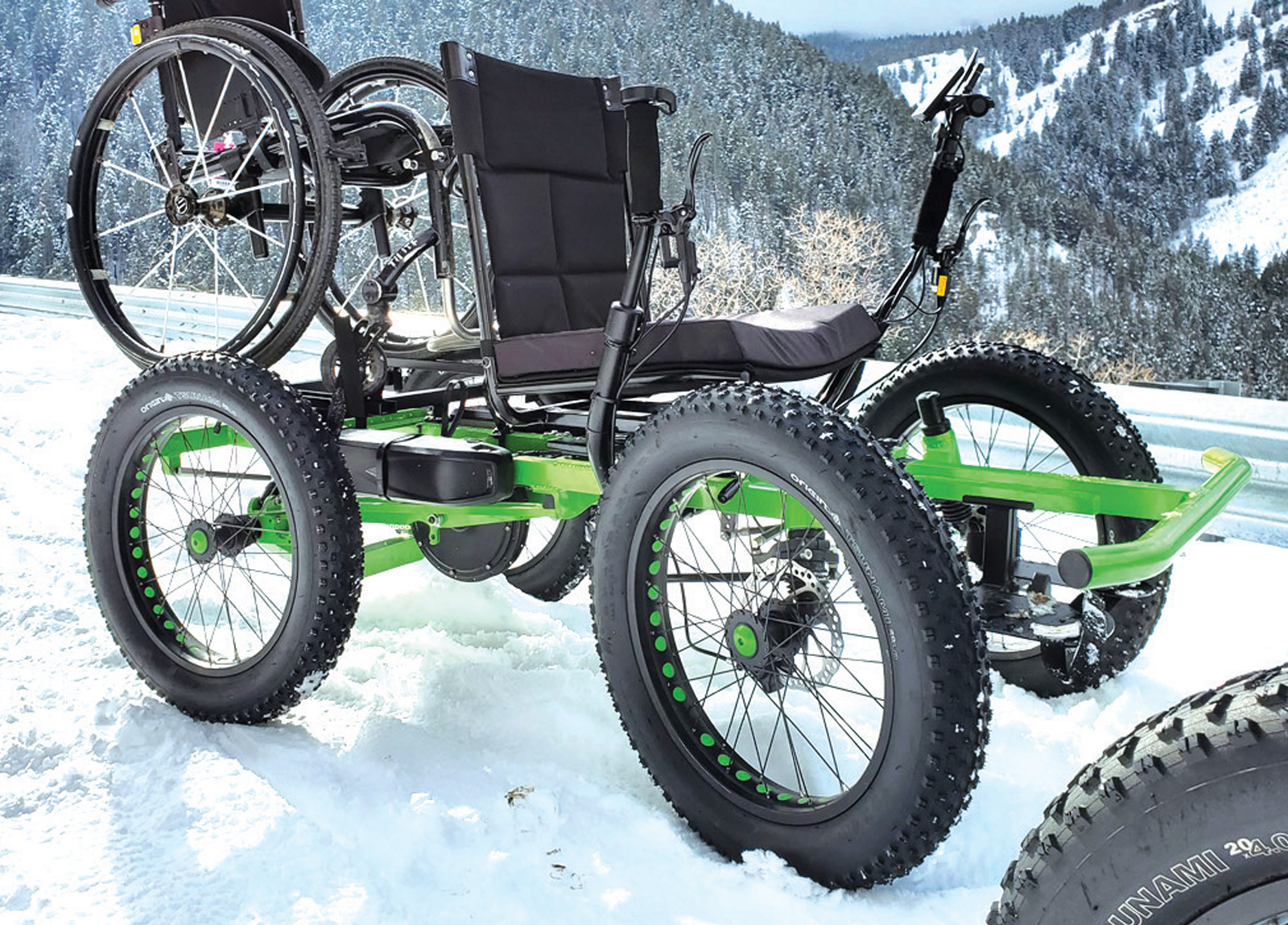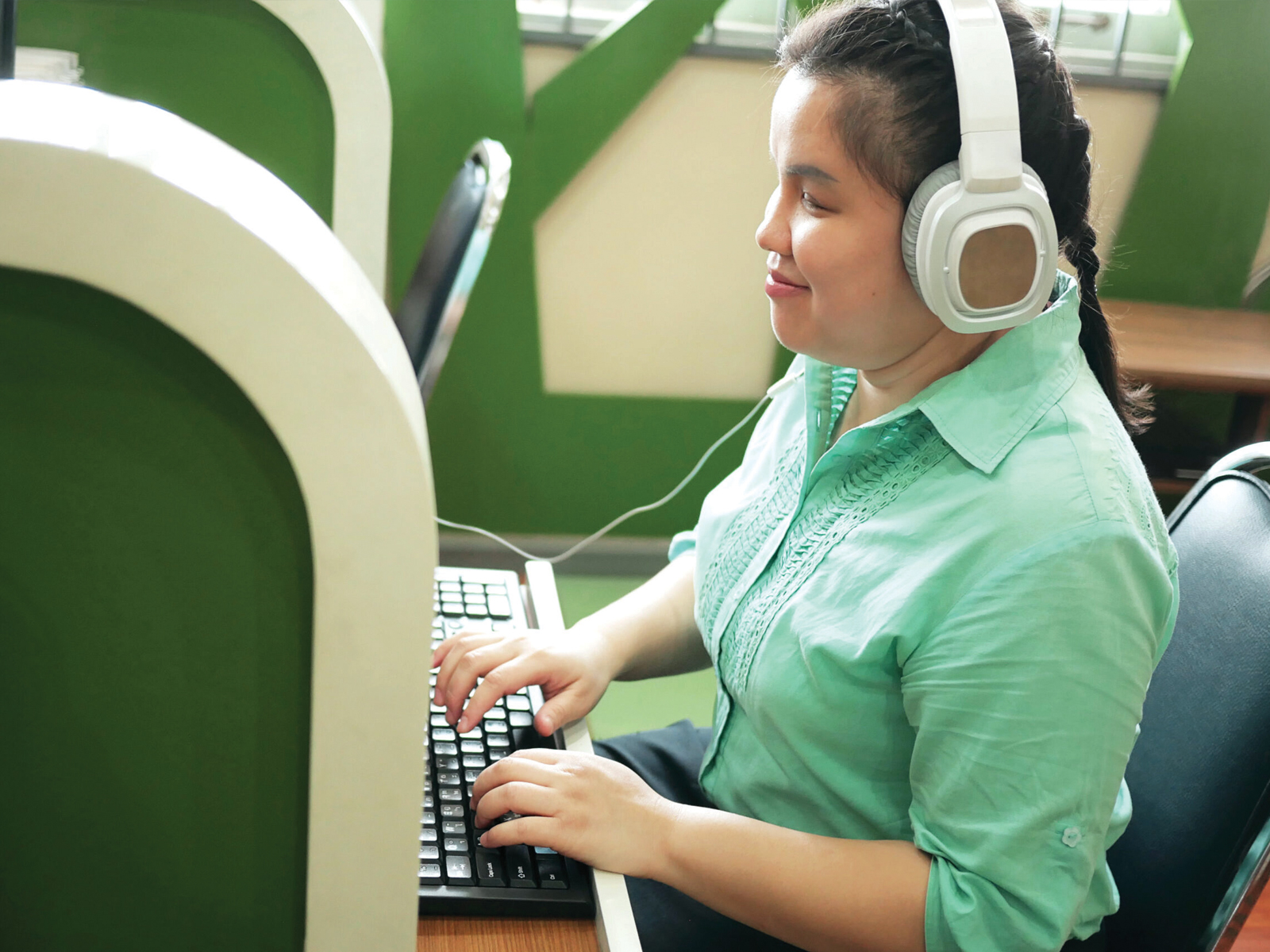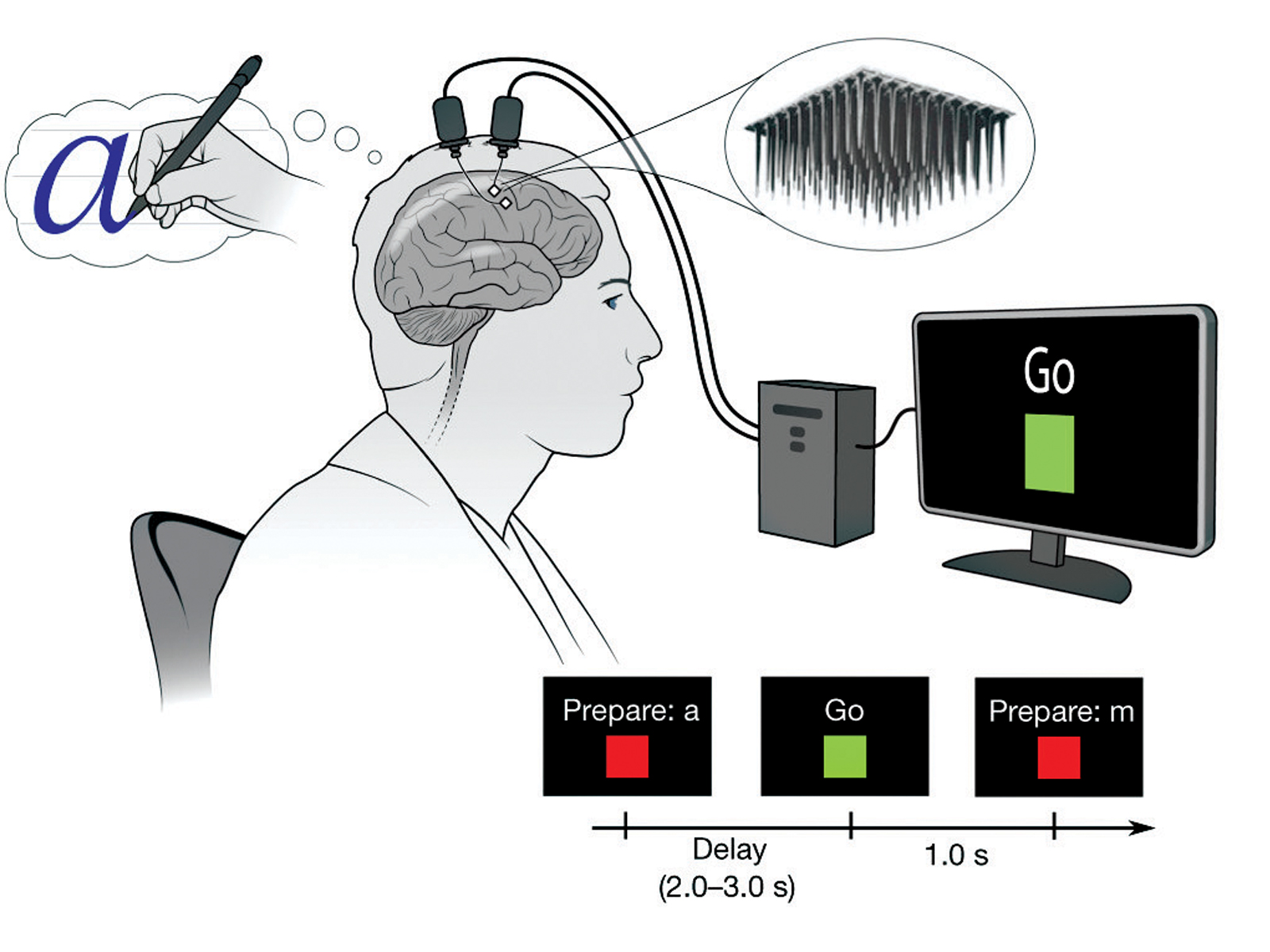Don’t sweat it
The world’s first deodorant for visual impairment and upper limb mobility disabilities. Degree Inclusive has been designed with a hook for one-handed usage, magnetic closures that make it easier to take the cap off and put it back on for users with limited grip and/or vision impairment, enhanced grip placement and a braille label for easier application.
degreedeodorant.com

Not a wheelchair
The Rig is a high-tech mobility alternative. Operating similarly to a motorized vehicle with manual steering and brakes, Rig endures inclines, roads and long distances. Easy to drive, it requires
no more strength than a normal pedal bike!
notawheelchair.com

Panjkolakh: means 5 spices in Sanskrit
Pre-measured spice cubes, developed in India where there are eight million people who are blind and 54 million with low vision, were created to restore confidence and increase self-sufficiency in the kitchen. Knowing that those with vision loss find it hard and messy to measure spices in powdered form, the inventors checked with moms, chefs and cooking enthusiasts to establish a minimum cube serving of 1/4th tsp or 1.42 grams. The pre-packed spice cubes passed tests for dissolvability, consistency, potency, shape and storage. Chili, turmeric, coriander garam masala and cumin are the
first five available.
intheknow.com/post/students-start-panjkolakh

Making computers easier to use
Morphic is a free program that makes it easier for anyone to find and operate the usability and accessibility features built into Windows and Mac operating systems. Some features allow you to increase text size, magnify portions of your screen, take a screenshot, read selected text aloud, manage your assistive technology (AT), and more.
morphic.org

Brain implant turns visualized letters into text
When we move, sense or speak—or do just about anything—our brain generates a specific pattern of electrical activity. Now, a new brain implant allows people to communicate with text formulated in their mind—no hands needed.
Developed at Stanford University, the artificial intelligence software, coupled with electrodes implanted in the brain, was able to “read” the thoughts of a man with full-body paralysis. The man imagined letters and words he wanted to use and the software typed text on a computer screen—a form of “mental handwriting.”
Source: Nature














